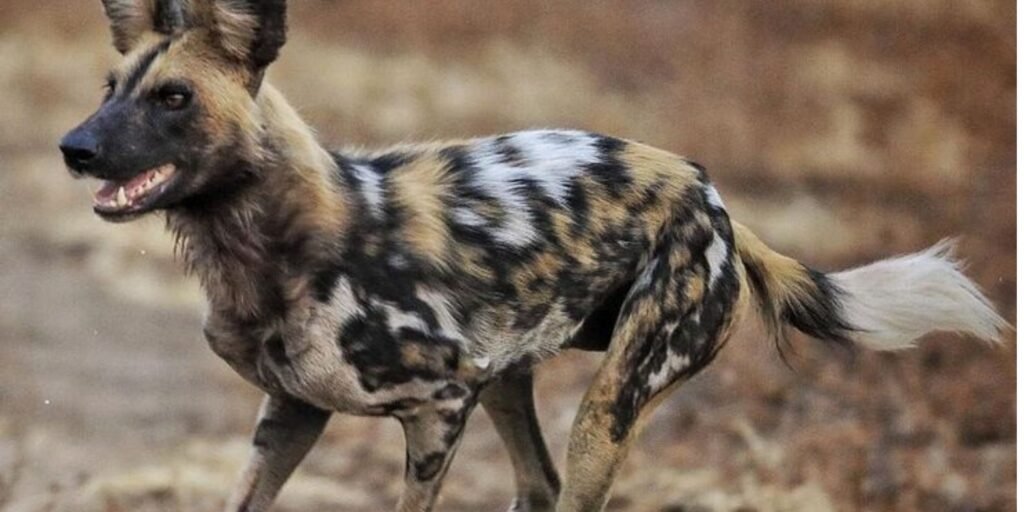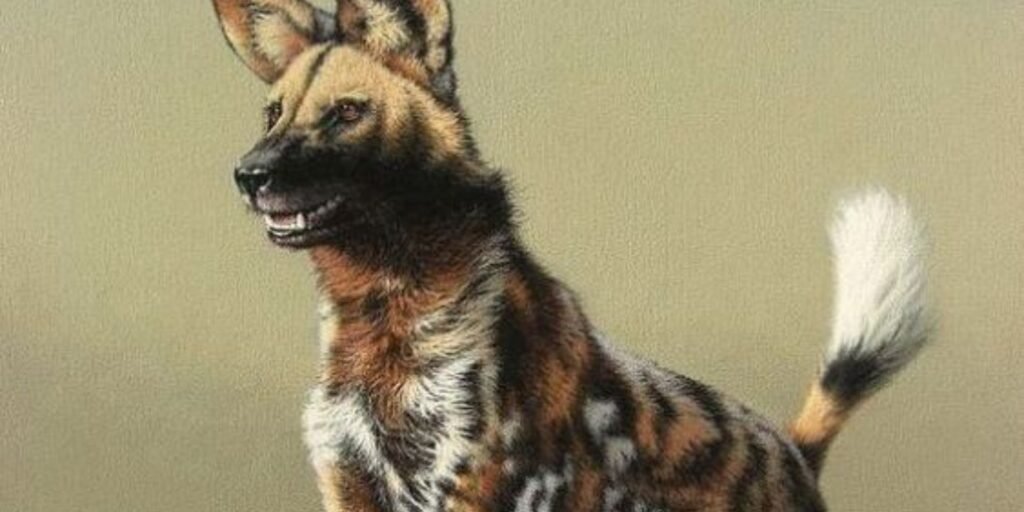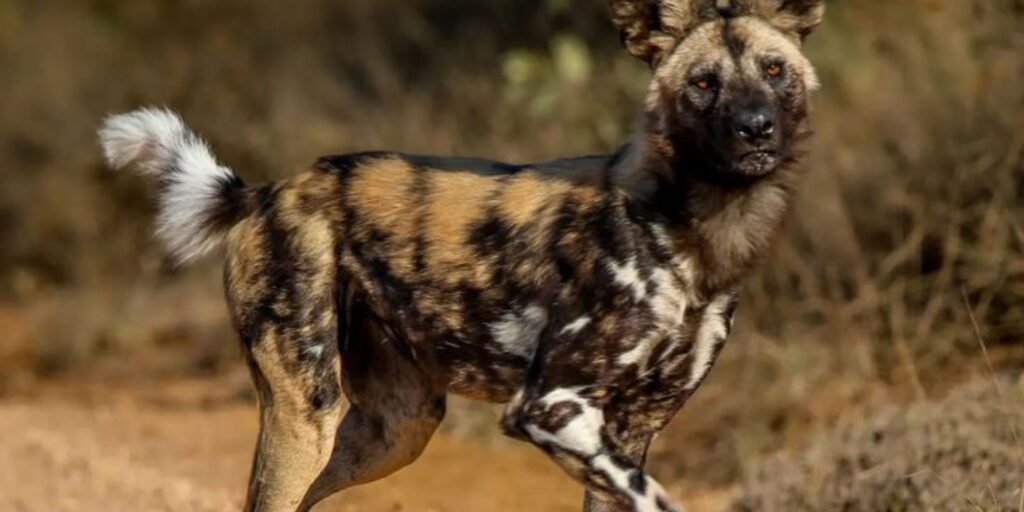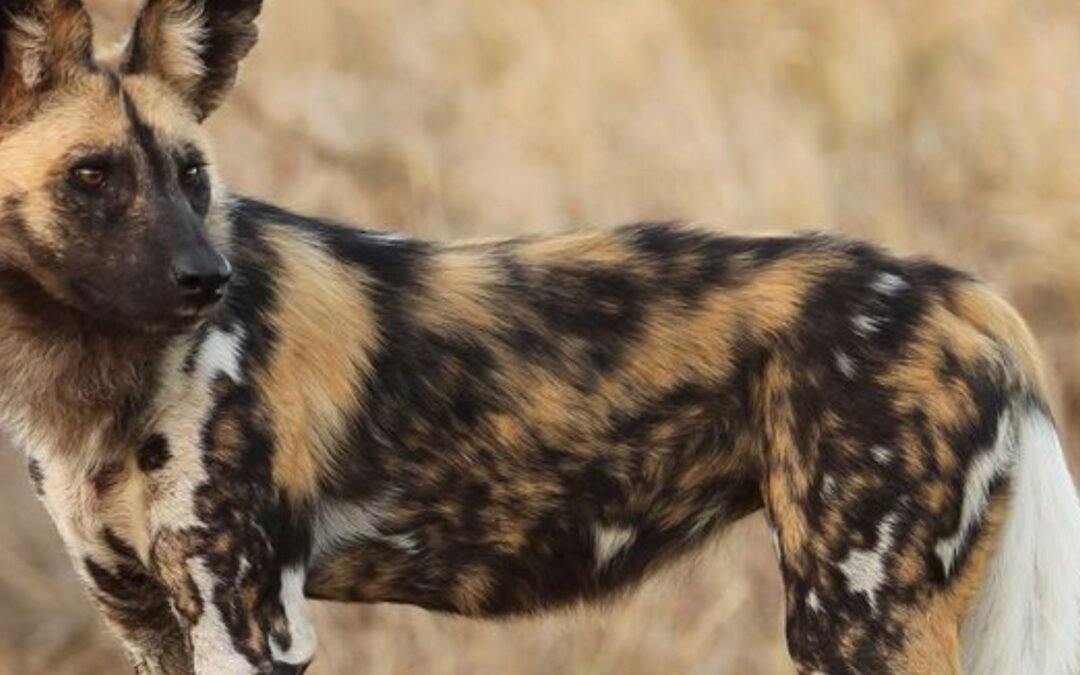Wild dogs, a group of canids found around the world, are fascinating creatures. They are known for their complex social structures and skilled hunting techniques. However, one common observation is their fear of humans. While some domesticated dogs eagerly approach humans for attention, wild dogs avoid human settlements and steer clear of direct contact. Why are wild dogs afraid of humans? The fear of humans in wild dogs can be traced back to several factors. To understand this, we need to explore their natural behaviors, evolutionary history, and the impact humans have had on their lives.
Understanding Wild Dogs
Wild dogs, also known as feral dogs or canids, include species like the African wild dog, the dingo, and the Asiatic wild dog. These creatures live in packs and are highly social. They form tight-knit groups that rely on cooperation for survival. Their fear of humans might seem puzzling, especially since many wild animals show little fear of people. However, wild dogs instinctively avoid human contact. Several factors, including evolutionary traits, environmental threats, and learned behaviors, explain this behavior.
Evolutionary Instincts

To begin with, wild dogs’ fear of humans is deeply rooted in their evolutionary history. Over millennia, wild canids have evolved to be highly cautious creatures, especially when it comes to unfamiliar threats. This instinct is crucial for survival. In the wild, animals that exhibit fear of potential dangers, including humans, are more likely to survive and pass on their genes. Wild dogs are no exception; they have developed a natural wariness toward creatures that may pose a threat to their safety.
For example, the African wild dog, known for its remarkable hunting skills and social structure, lives in environments where humans pose a threat. These animals not only fear humans but also larger predators like lions and hyenas. Over generations, they have ingrained the instinct to avoid potentially harmful beings into their behavior.
Impact of Human Encroachment
Humans have significantly influenced the behavior of wild animals, particularly wild dogs. As human populations expanded, humans increasingly encroached upon wild dogs’ habitats. They cleared forests for agriculture and spread urbanization into previously wild areas, isolating and displacing wild dog populations.The change in their environment had a direct effect on their perception of humans.
The presence of humans in or near their habitats introduced new challenges for wild dogs. They started to associate humans with threats such as hunting, traps, and even habitat destruction. This association of humans with danger gradually fostered a sense of fear among wild dogs. When they encountered humans, whether by accident or in pursuit of food, the negative experiences often led to avoidance behaviors.
Fear of Traps and Hunting

Humans have historically posed a major threat to wild dog populations through hunting and trapping. Humans have hunted these dogs for their fur, killed them as livestock predators, or targeted them because they are believed to pose a danger to game animals. Over time, this human activity created an intense fear of human presence among wild dogs.
Trapping is another common threat wild dogs face. Poachers and hunters use snares or traps to catch wild canids, and many of these animals have experienced the painful consequences of such encounters. Even if they manage to escape, the traumatic experience of being caught in a trap can lead to a lasting fear of humans. This kind of learned behavior contributes significantly to their general avoidance of human beings.
Habitat Loss and Fragmentation
The loss of natural habitats also plays a crucial role in wild dogs’ wariness of humans. As natural habitats shrink due to deforestation, urbanization, and agriculture, wild dogs are forced into smaller, fragmented areas. These smaller territories bring wild dogs closer to human settlements. In these areas, wild dogs often face more direct threats, such as conflict with farmers or domestic animals, which only increases their fear of human interaction.
In some regions, wild dogs may come into conflict with farmers who view them as a threat to livestock. The resulting retaliation often involves killing or driving away the dogs, making them even more fearful of human presence.
Social Structure and Pack Dynamics
Wild dogs are highly social animals, and their pack structure plays a major role in their behavior. They rely heavily on cooperation, both within their pack and with other species, for survival. Their interactions with humans, however, can disrupt their social dynamics and cause significant distress.
Wild dogs are not solitary animals like some other carnivores. They rely on the group for hunting and protection, and this social structure means that any threat to the pack is taken very seriously. When humans invade their territory, the pack’s response is often to retreat or become more secretive, as they perceive humans as a potential danger to their well-being.
Furthermore, wild dogs have a delicate balance in their relationships with other predators, such as lions or hyenas. Larger carnivores often outcompete them for food, which forces them to be especially cautious when hunting or foraging near human settlements. This heightened vigilance is another reason why wild dogs avoid humans—they associate us with increased risk and competition for resources.
Why are wild dogs afraid of humans? :Human-Dog Interactions: A History of Mistrust
Historically, wild dogs and humans have had a tumultuous relationship. Humans domesticated some wild dog species, like the dingo, and integrated them into their cultures thousands of years ago, while others have remained wild and rarely interacted with humans. This separation has contributed to the development of mutual mistrust.
In many regions, humans have seen wild dogs as a threat or nuisance. Over the centuries, wild dogs have been vilified, often portrayed as dangerous pests that need to be eradicated. This reputation has only solidified their fear of humans. While domesticated dogs have evolved alongside humans for thousands of years, wild dogs have not had the same kind of relationship with us. As a result, wild dogs are more likely to view humans as a threat rather than as potential allies.
Why are wild dogs afraid of humans? :Protecting Wild Dogs from Extinction
Despite their fear of humans, wild dogs are vulnerable and increasingly endangered. Conservation efforts are underway to protect these animals, especially the African wild dog, which has faced a significant population decline due to habitat loss, poaching, and human-wildlife conflict. To safeguard wild dog populations, conservationists focus on creating protected areas, reducing human-wildlife conflict, and promoting coexistence between humans and wild animals.
One key aspect of these efforts is education. By teaching local communities about the importance of wild dogs in the ecosystem, conservationists aim to foster positive attitudes. When people understand the ecological benefits of wild dogs, they may be more inclined to protect their habitats and reduce harmful human activity.
Additionally, conservationists are establishing wildlife corridors. These corridors link fragmented habitats and allow wild dogs to move freely between areas, away from humans. They also reduce the likelihood of conflict by providing safe passage for wild dogs while keeping them out of human settlements.
Why are wild dogs afraid of humans? :Overcoming the Fear of Humans
Although wild dogs deeply fear humans, wildlife professionals can gradually reduce this fear through a challenging process. In some cases, animals raised in controlled environments or through conservation programs may become less fearful of humans, but this is often rare and requires careful management. It is important to note that even though some wild dogs may lose their fear of humans, they still retain their wild instincts and behaviors, which makes them unpredictable.
One approach to overcoming this fear is through positive reinforcement and gradual desensitization. This involves slowly introducing wild dogs to human presence in a controlled setting, rewarding them for non-aggressive behavior.However, experienced wildlife professionals have met this approach with mixed results and should be the only ones attempting it.
Why are wild dogs afraid of humans? :Conclusion

Wild dogs’ fear of humans results from a combination of evolutionary instincts, learned behaviors, and the history of human-wildlife conflict. As wild canids, they evolved to be cautious and avoid threats, including humans. Over time, as humans encroached on their habitats, hunted them, and destroyed their homes, wild dogs began associating humans with danger. This wariness has helped them survive in a world increasingly hostile to wildlife.
To protect wild dogs and reduce their fear of humans, efforts should focus on creating safe environments, promoting coexistence, and reducing human-wildlife conflict. Through education, conservation, and careful management, wild dogs can continue to thrive in the wild while minimizing human interactions. Understanding and respecting their instincts will be key to preserving these fascinating creatures for generations to come.

